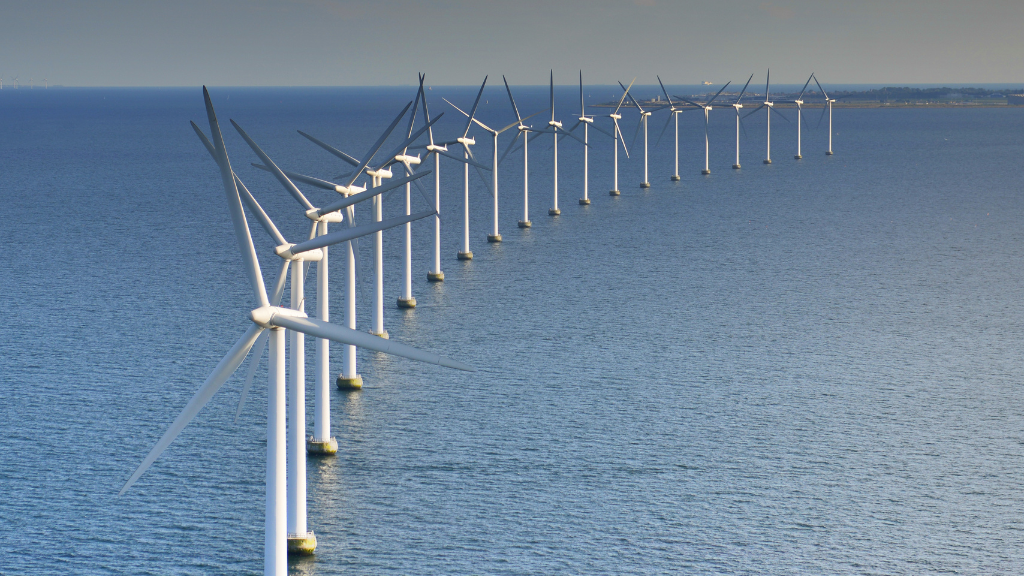As the renewable energy landscape evolves, so does the need for sustainable practices in wind turbine decommissioning. With an increasing number of wind turbines reaching the end of their operational life, it’s essential to explore innovative strategies that minimise environmental impact and maximise resource efficiency. Let’s delve into some key approaches and considerations for sustainable wind turbine decommissioning.
Repowering and lifetime extension: Prolonging efficiency
Repowering ageing wind farms presents a significant opportunity to harness more energy from existing infrastructure. WindEurope estimates that, over the next decade, more than 20 GW of capacity in Europe will undergo repowering[1]. This process involves replacing outdated components with newer, more efficient technology, which will triple electricity output while reducing the number of turbines by a third[2]. Plus, lifetime extension offers operators a chance to prolong the lifespan of wind farms, with an estimated half of Europe’s existing wind farms set to undergo extensions of 5-10 years[3].
Industry guidance: Streamlining decommissioning
WindEurope has created an industry guidance document for dismantling, decommissioning and streamlining the end-of-life process for wind turbines. Covering everything from dismantling procedures to health and safety requirements, this document sets a standard for sustainable decommissioning practices across Europe. Providing a comprehensive overview of regulations and best practices paves the way for efficient and environmentally responsible decommissioning efforts[4].
Recycling and circular economy: Maximising resource recovery
Recycling plays a crucial role in the sustainable decommissioning of wind turbines. With 85-90% of dismantled turbine components recycled today, including concrete, steel, and cast iron, there’s a thriving circular economy market for these materials in Europe[5]. However, challenges remain, particularly with composite materials used in turbine blades. Innovative methods such as cement co-processing are being explored to address these challenges and further enhance recycling rates[6].
Offshore decommissioning: Advancing techniques
Offshore wind turbines present unique challenges in decommissioning, but advancements in technology offer promising solutions. Partial removal, the most common method currently, keeps costs down but leaves steel buried in the seabed. However, emerging techniques like hydraulic pile extraction offer a more sustainable alternative by allowing for the complete recovery and recycling of materials[7]. Collaboration and research initiatives drive the development of standardised approaches to offshore decommissioning, promoting efficiency, safety, and environmental responsibility.
Embracing sustainability in wind turbine decommissioning
As the wind energy industry continues to grow, so does the importance of sustainable decommissioning practices. By embracing strategies such as repowering, recycling, and innovative decommissioning techniques, we can minimise environmental impact, maximise resource recovery, and pave the way for a more sustainable future. With concerted efforts and collaboration across the industry, we can harness change and ensure that wind turbine decommissioning remains a foundation of sustainable energy transition.
Footnotes:
- https://windeurope.org/newsroom/press-releases/what-happens-when-wind-turbines-get-old-new-industry-guidance-document-for-dismantling-and-decommissioning/
- ibid.
- ibid.
- ibid.
- ibid.
- ibid.
- https://dredging.org/news/143/developing-a-decommissioning-strategy-for-offshore-wind-farms


